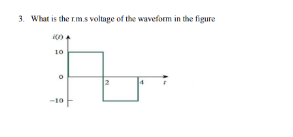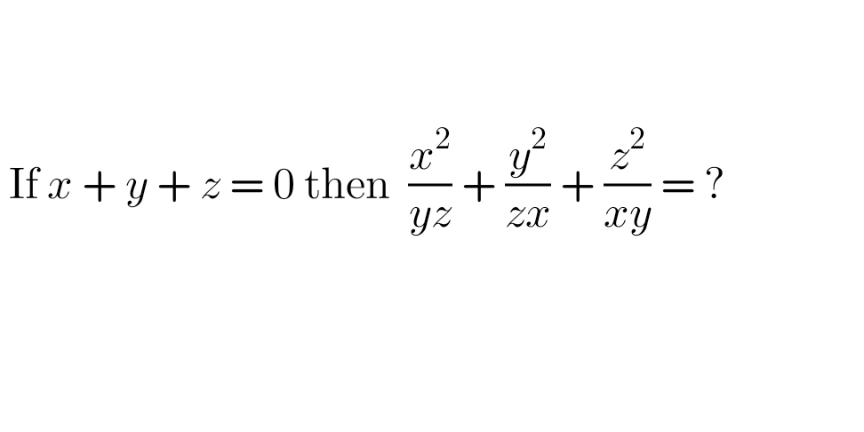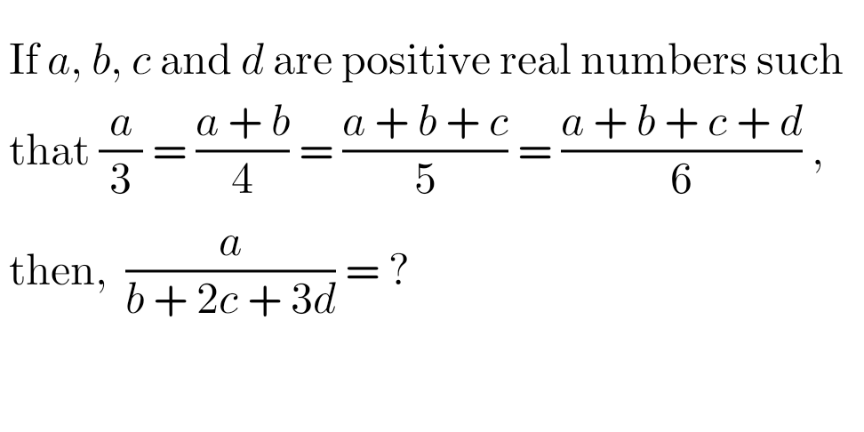
AllQuestion and Answers: Page 459
Question Number 173531 Answers: 1 Comments: 0
Question Number 173529 Answers: 1 Comments: 0
Question Number 173523 Answers: 2 Comments: 0

Question Number 173522 Answers: 0 Comments: 0
Question Number 173515 Answers: 1 Comments: 0

Question Number 173516 Answers: 3 Comments: 0
Question Number 173504 Answers: 2 Comments: 0

Question Number 173503 Answers: 0 Comments: 0

Question Number 173500 Answers: 2 Comments: 0
Question Number 173499 Answers: 0 Comments: 2

Question Number 173498 Answers: 1 Comments: 1
Question Number 173497 Answers: 0 Comments: 0
Question Number 173493 Answers: 1 Comments: 0
Question Number 173489 Answers: 3 Comments: 0

Question Number 173486 Answers: 0 Comments: 1
Question Number 173485 Answers: 2 Comments: 0
Question Number 173484 Answers: 2 Comments: 0
Question Number 173445 Answers: 4 Comments: 0

Question Number 173431 Answers: 1 Comments: 2

Question Number 173430 Answers: 0 Comments: 3

Question Number 173426 Answers: 0 Comments: 0
Question Number 173424 Answers: 1 Comments: 0
Question Number 173421 Answers: 0 Comments: 0
Question Number 173420 Answers: 1 Comments: 0

Question Number 173418 Answers: 1 Comments: 0

Question Number 173417 Answers: 0 Comments: 1

Pg 454 Pg 455 Pg 456 Pg 457 Pg 458 Pg 459 Pg 460 Pg 461 Pg 462 Pg 463
